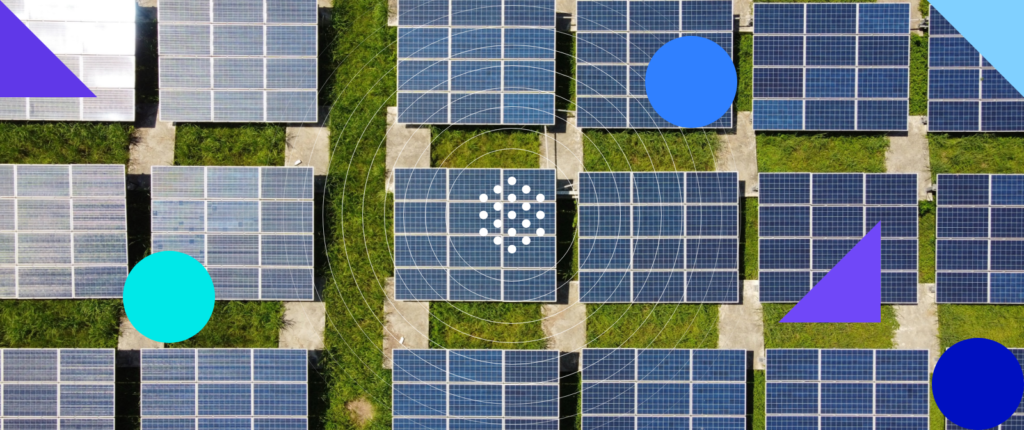4000 turbines on one platform
Renewable energies will need smart monitoring and distribution systems in the future. Kai Markus Kulas, Managing Director of ConnectPoint GmbH, explains how real-time data and the right software can help.
Mr. Kulas, with renewable energies, consumers are becoming prosumers. What does that mean for energy management?
In addition to the already known data, data on the behavior of the consumers and on how energy is used must be included. From a silo view of some providers, there must be a change to a holistic view. Masses of data are rolling in for energy companies. The key to managing them is real-time data. With them, energy can be optimised to the point. Together with RWE Renewables GmbH, for example, we have made the technical data of more than 4,000 wind turbines available together with the customer data in a way that adds value.
Generating green energy is one thing. Distributing it wisely is another. What does that mean for municipal utilities, for example? How do you help with this?
Data from all corporate and consumer sectors are bundled into channels. As a development partner with Stadtwerke Leipzig, for example, we are building the Digital Platform, which, in addition to the named data challenge, also connects this data with the city’s data. Mr. Fischer, Head of IT, described it to me like this: “Together we form the new operating system of the Stadtwerke and thus the backbone of Smart City”.
With your platform approach”nexo energy”, you connect the data of prosumers with the data of new, flexible, smaller power plants; this also makes it possible to control dynamic energy tariffs or solar communities. How exactly does that work?
Evolved IT systems can be replaced, but do not have to be. The new operating system works in parallel at the beginning and collects the data from the respective sources, comparable to a broker system. It works based on a micro-service structure, based on Kubernetes. This ensures scaling and makes thousands of real-time data streams manageable. Now all data sources can be related and new services, such as dynamic tariffs and solar communities, can be built in days rather than months as before. In detail, it is a bit more complicated. For example, we have also integrated a blockchain for tariffs that provides points, i.e. tokens, for energy consumers and producers in a comprehensible way, similar to a bonus program. This makes it possible to agree on a desired energy use behavior, the so-called demand-side response.
Interview: Rüdiger Schmidt-Sodingen
